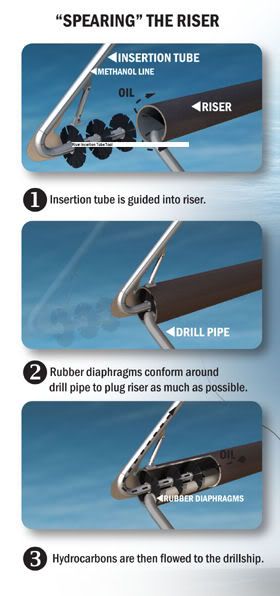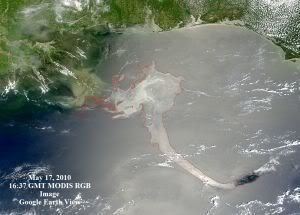If BP, along with the ‘Best and the Brightest’ can’t manage to turn off the spigot … The Florida Coral Reefs may be Next
Group Records Florida Coastal Environment Before Oil Arrives
Creighton Team Helps Oil Spill Study
MSNBC June 3, 2010
A research team from Creighton University is gathering data along Florida’s Gulf Coast and trying to stay ahead of the oil spill.
The team’s leader, John Schalles, said recovery crews aren’t the only ones scrambling against the resulting environmental disaster.
Creighton Professor John Schalles on the Oil Spill


 Video compiled from data produced by The College of Marine Science, University of South Florida, Ocean Circulation Group
Video compiled from data produced by The College of Marine Science, University of South Florida, Ocean Circulation Group